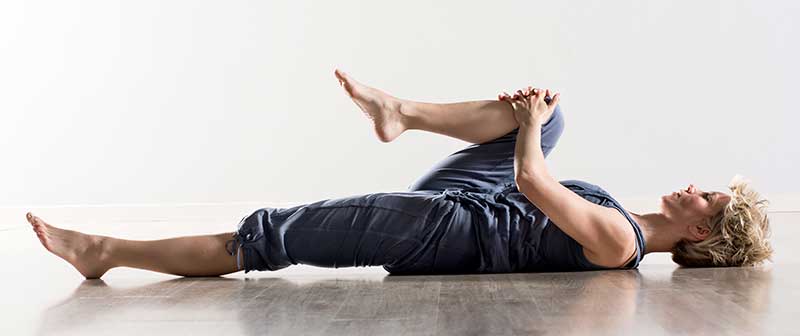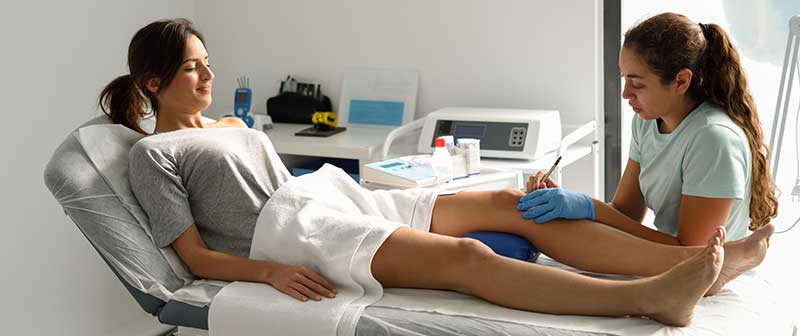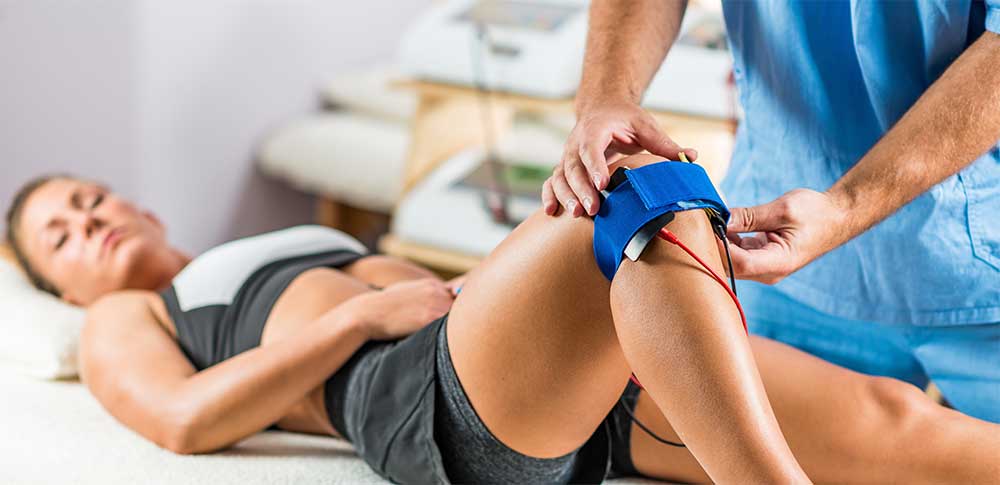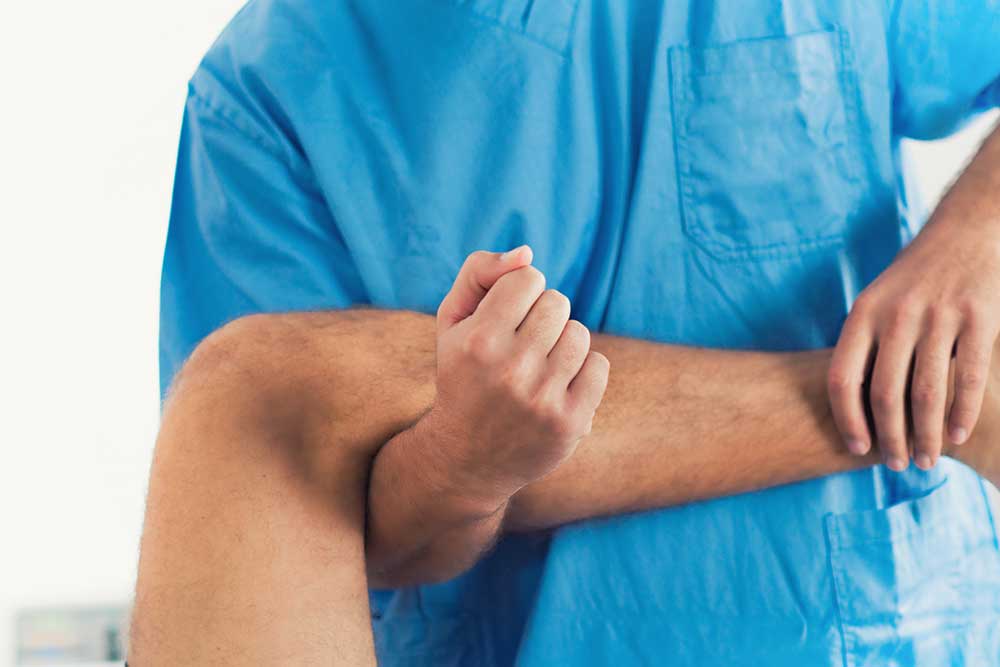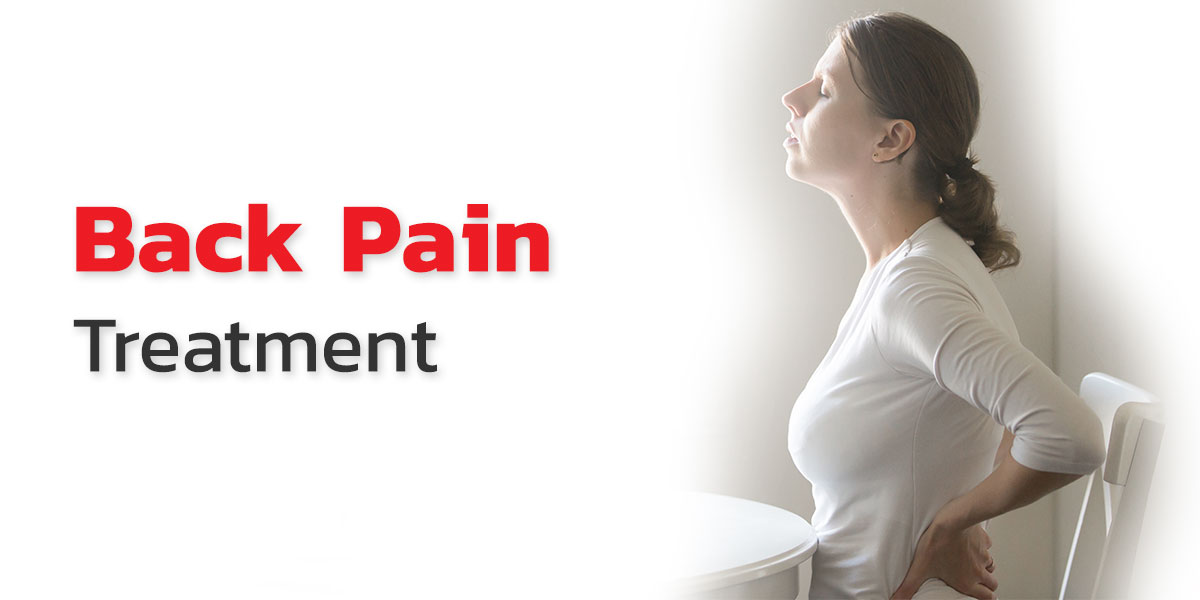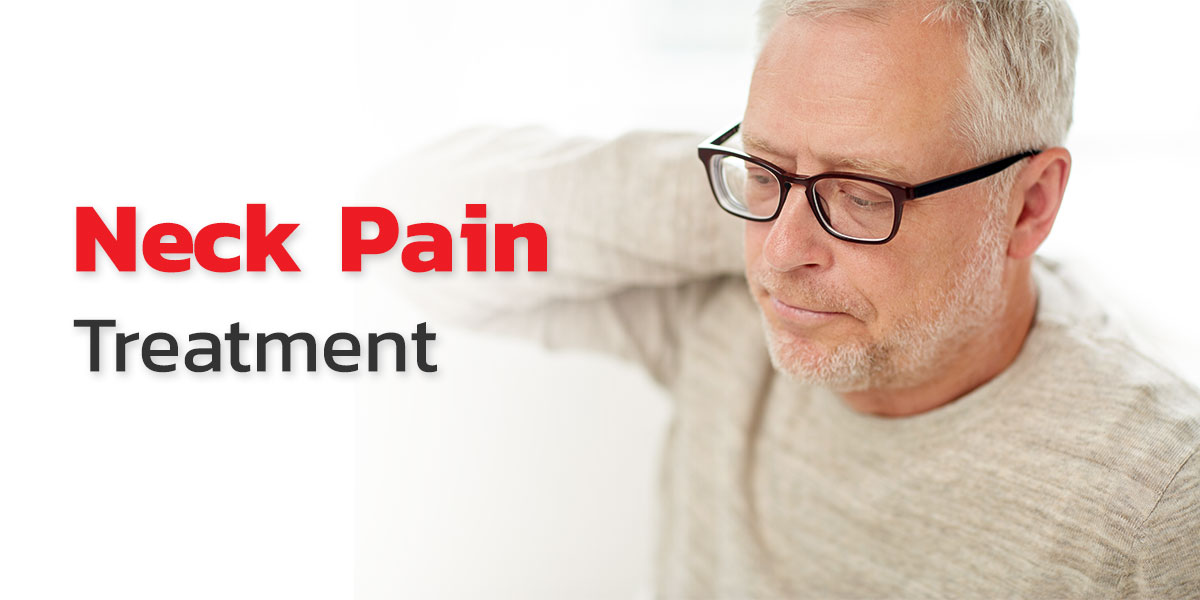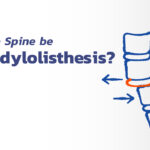Advanced Treatment for Osteoarthritis
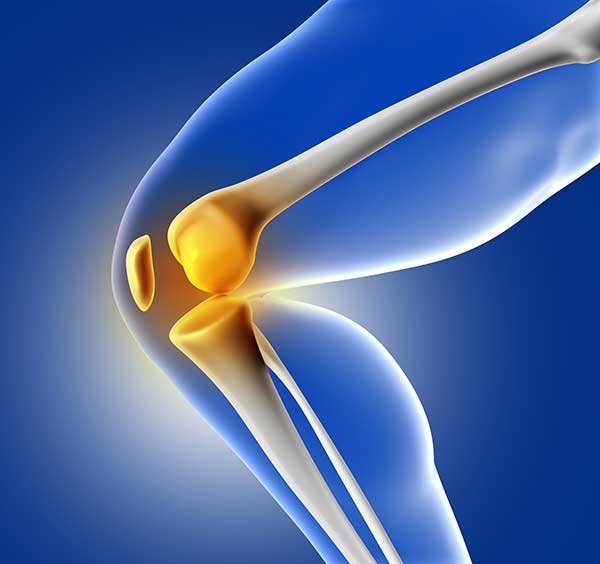
Osteoarthritis is caused by the degeneration of the knee joint’s cartilage, most commonly due to age as well as other factors such as obesity, injury, or genetics.
Osteoarthritis is most common in the middle-aged to the elderly population, and if left untreated, the condition will worsen as the friction will wear down the cartilage and bone. This will cause the joint to stiffen up and the knee to misshapen which will result in pain and create difficulties for everyday living.
Symptoms of osteoarthritis
When the patient has to move or engage in activities, they will feel pain and stiffness of the knees. This may cause difficulty in mobility and if the patient remains static for a long duration, pain will ensue along with stiffness in the knees. Other symptoms include:
-Abnormal noise in the joint
-Pain when pressure is put on the area
-Weakness in the knee and loss of muscle mass
-Restricted knee mobility, loss of flexibility, and stiffness particularly in the morning or after sitting for long durations and difficulty walking, going up the stairs, or getting up from a chair
Those with symptoms of osteoarthritis, those who feel pain, those who feel stiffness in their knees, and those suffering from the above symptoms for a long period of time should consult a physician and seek treatment. Left untreated, the symptoms will worsen.
Causes of osteoarthritis
Osteoarthritis is caused by a degeneration of the cartilage which protects the tip of the knee joint. Its symptoms are as mentioned above. Factors which contribute to osteoarthritis are as follows:
- Age is the most common factor as the risk of osteoarthritis increases with age. However, it can occur among women of a younger age too but the risk increases for those aged 40 and more.
- Injuries from sports or accidents can also result in the development of osteoarthritis later on in the future despite those injuries having been successfully treated.
- Women have more chance of developing osteoarthritis than men particularly those aged 55 and up but it is not known why.
- Those who are obese will face 3-4 times additional pressure on their joints which increases the likelihood of osteoarthritis as time passes.
- Genetics may also be a factor as some patients reported their family members also developing osteoarthritis.
- Osteoarthritis may also be caused by other joint infections which damage the joint such as rheumatism or gout.
Moreover, those whose job involves heavy lifting over long durations increase the risk of developing osteoarthritis.
Diagnosing osteoarthritis
The physician will start with taking your history such as asking about the pain, chronic illnesses, and everyday behavior, as well as examine the knees for swelling and bruising, pain when pressure is put on them, and the knees’ mobility to complete their diagnosis and find its cause. The physician may order an x-ray or magnetic resonance imaging (MRI) as well.
The physician may also conduct tests on the liquid in the joint or blood test to find other causes of the pain or rule out similar illnesses such as rheumatism, gout, or other knee joint infections.
Treatment of osteoarthritis
Treatment of osteoarthritis will focus on alleviating pain and increasing mobility and may involve a combination of these treatments:
-Behavioral change
-Weight loss through restrictive diet and exercise because obesity exacerbates pressure on the knee which can result in osteoarthritis
-Knee exercise to strengthen the muscles surrounding the knee joint including flexing and relaxing the knees so the muscles are strong enough to support the joint and flexibility is enhanced which will help lessen the pain
-Avoid exercise which exerts pressure on the knee joint such as running or weight training. Swimming is recommended as it puts less pressure on joints. Build up muscle strength through speed walking or cycling at least 150 minutes a week.
Treatment through medication
Patients should consult their physician about pain medication such as Acetaminophen or Ibuprofen but they should not be taken for long periods due to possible side effects. If these pain medications do not help alleviate the pain, consult your physician.
Cortisone injections can help alleviate the infection and pain effectively. The physician will administer local anesthetic and inject cortisone into the joint. This can be done 3-4 times a year as additional doses may cause permanent damage to the joint.
Hyaluronic acid injection can also be administered. Hyaluronic acid is a key component of the liquid in the joint so injecting it will help increase lubrication within the joint.
Alternative treatment
- Acupuncture is a Chinese natural remedy which helps stimulate balance for bones and the creation of liquid in the joints. The period of treatment depends on each patient.
- Local ointment like Capsaicin can be prescribed to alleviate pain from osteoarthritis.
- Food supplements like Chondroitin will help slow down the narrowing of the space between joints and lessen joint pain. However, this has proven to be effective for a minority of patients while most feel it is ineffective so more studies are needed.
- Physical therapy can help strengthen the muscles surrounding the joint and increase flexibility so pain can be alleviated and the patient can enjoy increase mobility.
- Activity therapy will teach patients how to go about their daily routine with the least pain such as doing household chores.
Surgery
Patients experiencing severe symptoms which cannot be helped by any treatment will be recommended surgery as the last resort. There are three types of surgeries: Arthrodesis which is the artificial induction of joint ossification between two bones, Arthroplasty or replacing the knee joint with an artificial one, or Osteotomy which is a realignment of the bone. The type of surgery depends on the patient’s conditions, benefits, and possible complications during surgery.
Complications from osteoarthritis
- Osteonecrosis
- Degeneration or fragmentation of tendons surrounding the joint
- Hemorrhage inside the joint
- Infection of the joint
Complications from osteoarthritis can affect everyday living as it can cause severe pain or stiffness which impacts work and activities. With this in mind, your physician may recommend surgery.
Preventing osteoarthritis
-Steps to prevent osteoarthritis from worsening or affecting everyday living can be taken by taking care of your health, including watching your diet, exercise, or controlling your weight. If you can adjust your behavior, symptoms may be alleviated and it will be beneficial for your overall health.
-Patients who are taking medication for osteoarthritis as prescribed by their physician should continue the medication even when their symptoms have alleviated. Patients should consult their physician because osteoarthritis is a long-term illness which needs continuous care. Any additional symptoms or concerns should be relayed to the physician so the patient can be administered accurate treatment.
The patient can also take care of themselves through these procedures:
-Hot and cold compresses to help alleviate pain; the hot compress will help with the stiffness of the joint while the cold compress will help lessen the tensing of the muscle and alleviate pain
-Wear knee support or use knee support tape as recommended by your physical therapist or physician
-Use pain relief cream or gel sold at pharmacies to temporarily help alleviate pain


